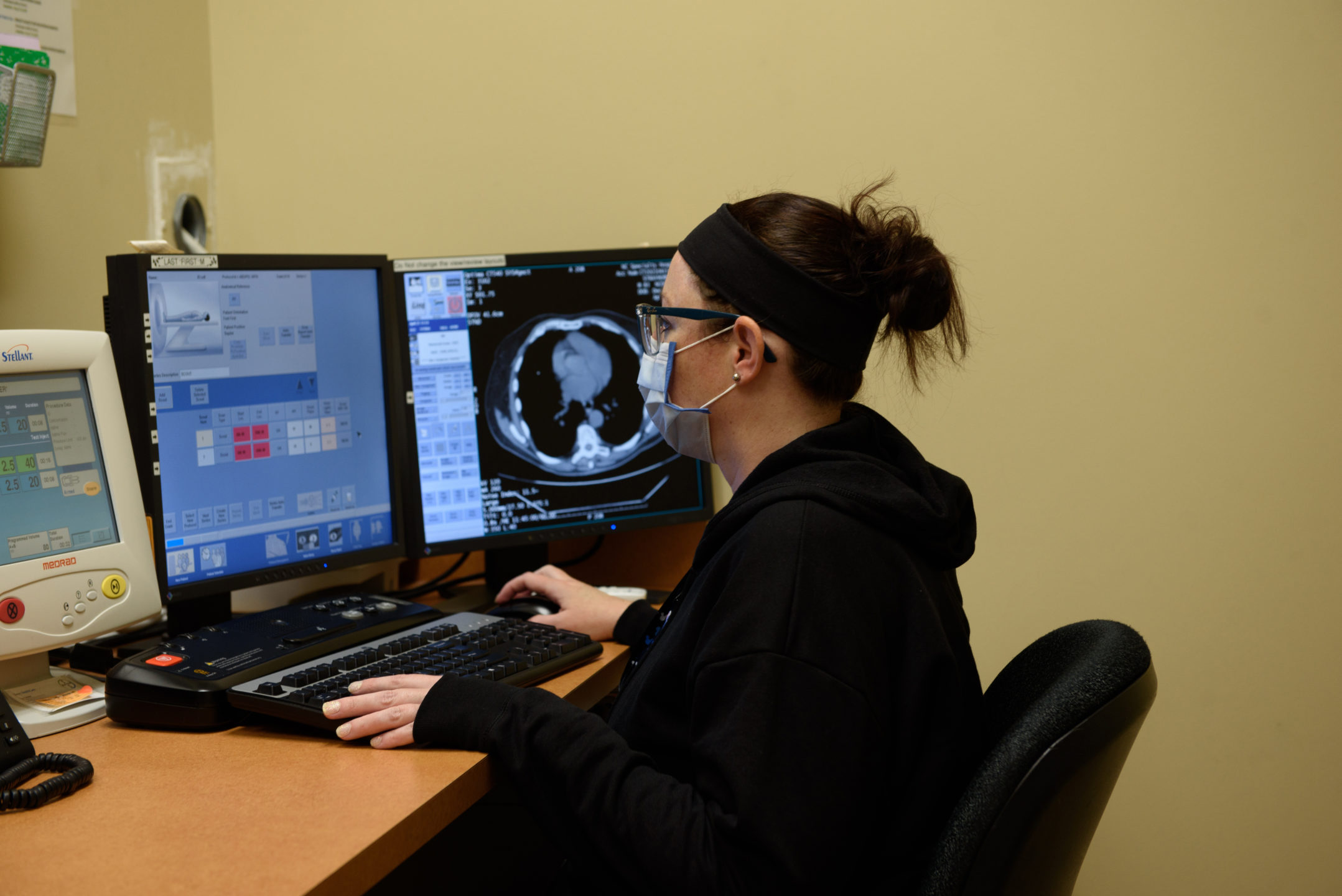Spinal Decompression Surgeries
Back pain, numbness, tingling, and muscle weakness are typical symptoms of compression of the spinal cord and nerves. There are various reasons this can happen, including osteoarthritis and injuries. When non-surgical treatments no longer provide relief, a surgeon may recommend surgical solutions, including laminectomy or laminotomy.
These are similar procedures, but one is more extensive than the other. When it comes to a laminotomy vs laminectomy, your surgeon can decide which is best for your condition and explain what to expect.

What is a Laminectomy?
A laminectomy is a surgical procedure to remove the lamina in part of the spine. Each vertebra in the spine has a lamina on the back of the bone that covers the spinal cord. Removing the lamina creates space in the spinal column and relieves pressure on the spinal cord and nerves.
What is a Laminotomy?
A laminotomy is a very similar procedure with the same purpose of creating more room in the spine and relieving pressure. The difference is that a laminotomy removes only part of the lamina, whereas, in a laminectomy, the surgeon removes all of it. Often, a laminotomy creates only a small hole in the vertebra.
What is the Difference Between a Discectomy and a Laminectomy?
A herniated disc occurs when the cushioning disc between vertebrae slips out of place and bulges between the bones. The disc is made of a rubbery exterior encasing a jelly-like material. It helps absorb shocks in the spine.
When a disc slips or herniates, it puts pressure on nerves. This can cause back pain, neck pain, pain that radiates down the arms or legs, numbness, tingling, and muscle weakness.
A discectomy is a surgical procedure to remove the damaged part of the disc and to relieve pressure on nerves. So, while a laminectomy removes a portion of the spinal bone, a discectomy removes the soft tissue in between the bones.
What Does Spinal Decompression Surgery Treat?
Decompression surgeries include spinal laminectomy, laminotomy, and a handful of other procedures. Patients who need this type of treatment might have one of several conditions:
- Spinal Stenosis. Spinal stenosis is a condition commonly treated with laminectomy or laminotomy. It is a narrowing of the space in the spine through which the spinal cord runs. This can cause tingling, pain, and weakness. Bone spurs resulting from osteoarthritis is a common cause. Removal of all or part of the lamina can relieve pressure and symptoms.
- Herniated Disc. A herniated, slipped, or bulging disc is usually a result of degeneration in the bone. Surgical treatment often requires full or partial removal of the lamina to get to the disc and any damaged bone that needs to be removed.
- Spinal Injury. Traumatic injury to the spine can cause inflammation or fractures that put pressure on the spinal cord or nerves. This might require laminectomy or laminotomy to relieve pressure.
- Tumor. A tumor can also put pressure on the spinal cord. Metastatic tumors in the spine can cause significant symptoms, and surgery to relieve the pressure is a useful palliative procedure.
Is One Procedure Better Than the Other?
Whether a patient needs a full laminectomy or only partial removal of the lamina depends on the extent of the narrowing and other individual factors. Your surgeon will discuss the necessary procedures and explain why you need one or the other.
Although the laminectomy is more extensive, studies show similar outcomes for both procedures in patients with spinal stenosis. The risk of complications is slightly higher in patients undergoing the full laminectomy.
When is it Time for Spinal Surgery?
Most cases of spinal compression can initially be treated non-surgically. Most doctors begin with a conservative approach, suggesting pain relievers, physical therapy, injections, and exercises and stretches to relieve pain and restore mobility.
Your surgeon might recommend a laminectomy or laminotomy when these more conservative measures fail to provide relief. If your pain, stiffness, tingling, and other symptoms significantly restrict your movement and interfere with normal activities, it might be time to consider surgical treatment.
The back and spine experts at North Carolina Specialty Hospital can evaluate your symptoms and use diagnostic imaging to pinpoint your underlying condition. They will then recommend interventions and treatments and prepare you for surgery if it is necessary to relieve symptoms.
When you’re ready to talk to a specialist about your back pain, request an appointment with one of our spine surgeons.
